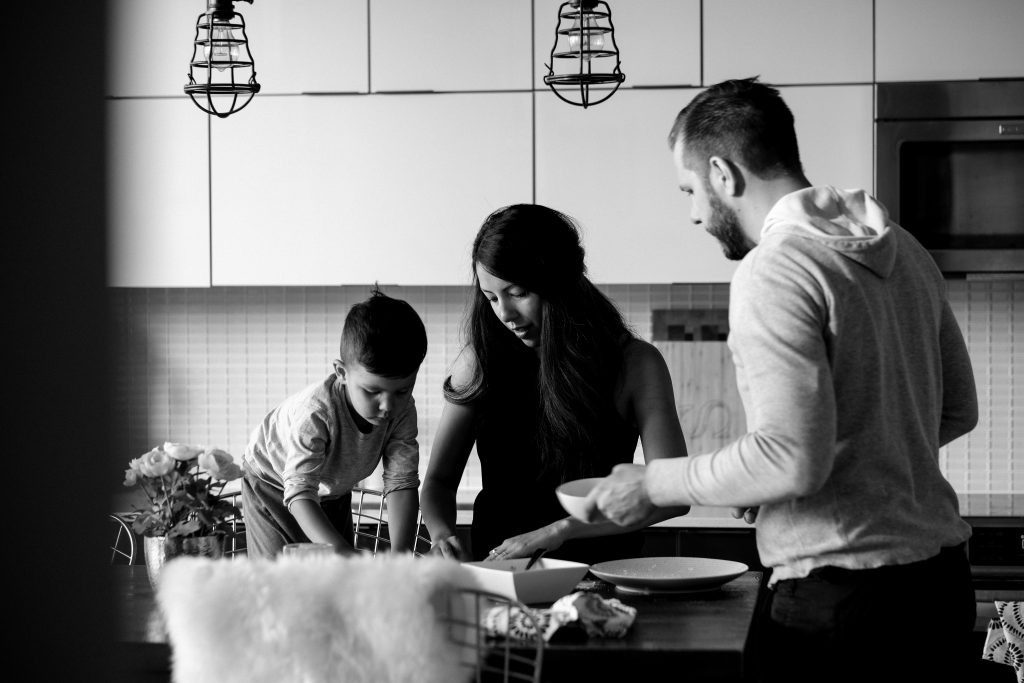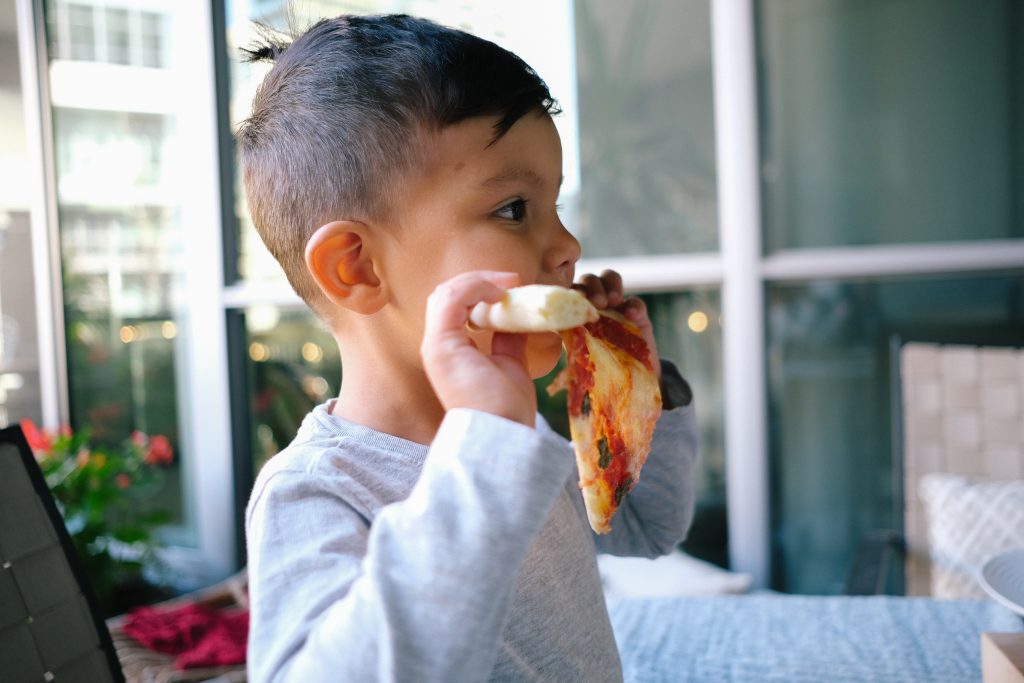Three years and 10000 little plates of food later (many rejected or worse, wounding up on the floor), I can say I know a thing or two about feeding kids. It was a long and arduous road but today I can confidently say that at the age of three my son chows down on sushi, butter chicken, fish, kale (this was a tough one), smoothies, almond croissants, and brie on sourdough, to name a few. (He also loves your typical spaghetti, chicken strips, pizza, fries and ketchup.) He is eagerly awaiting the day when he can finally try coffee and wine 😂. Here are five things that have worked for me as I’ve tried to raise my own little foodie.
1 | Expose them to different flavours early on, and keep exposing them
There is a theory that it can take up to 100 or more exposures to a food before a child will tastes it. Being persistent in exposing your child to foods you would like them to eat is half the battle. It’s easy to get discouraged when your child rejects the kale or the shrimp that you keep putting on their plate for the 50th time, but just think, each exposure is getting your child a step closer to trying it. One day, they just might pick up their fork, and discover a new favourite.
2 | Read books about food
Reading books about different foods is another way to expose them to food. It allows children to become familiar with food names, and will bring excitement when they see the foods in real life. Our favourites include Eating the Alphabet, This is How We Do It, and the Very Hungry Caterpillar When you go to the grocery store, ask them to identify the different food items you’ve read about. Many times, it’s about familiarity when it comes to trying new foods. The more familiar the child is with the food, the more willing they will be to try it.
3 | Include them in the kitchen
Young children are able to help out in the kitchen as early as 2 years old. Get them up on the counter with you to see how you make coffee, fry an egg, or tear leafy greens for a salad. Get them to make the weekly menu with you. Flip through cookbooks together. Ask them to pour the salad dressing, chop a banana (with a dull knife), add toppings to a pizza, sprinkle the salt. Here is a great guide to age appropriate kitchen activities.
4 | Create positive memories around food
While getting a toddler to eat can quickly become a power struggle that causes stress for both parties, try to be intentional about creating positive memories around eating. Start with the dinner table; as often as you can, and make it a special thing. Eat together without distractions (ie no screens). If you want to get fancy, light a candle, dress your table with a white table cloth, and play some dinner music. Quality time during meals is one of the most important things you can do to promote good eating.
Other practical tips include providing some fun utensils and plates, celebrating milestones, holidays and birthdays with special foods, and going on fun food outings. I like to take my son on monthly “pastry hunts” in search of some of the city’s best desserts. This is a great resources on how to make eating fun.
5 | Exemplify your love for food
Children learn by example and by watching. Your own appreciation for food teaches them that food can be a source of joy. Each time you whisper mmmm at a tasty bite, or show excitement about trying something new, or laugh with others around a big dinner table, you are demonstrating that food can be a powerful connector. At the end of the day, raising a little foodie is about exemplifying a universal, shared love for the things that bring people together.




Photos by Gable Mak Photography





